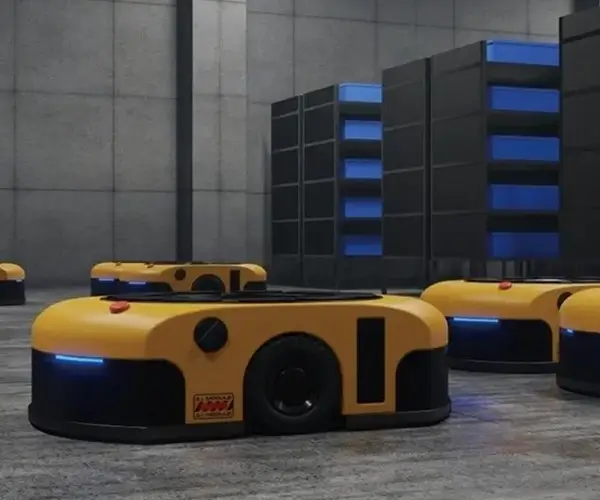Unlocking Power and Precision: The Art and Science of Hydraulic Motor Gear Design
In the vast realm of fluid power technology, hydraulic systems stand out for their unmatched ability to deliver high torque, smooth control, and versatile motion. Central to maximizing these capabilities are the gears within hydraulic motors—complex components that convert pressurized fluid into rotational motion with precision and efficiency. The art and science of hydraulic motor gear design blend intricate engineering principles with innovative manufacturing techniques, ensuring these machines can meet the demanding needs of industries ranging from construction to aerospace.

The Basics of Hydraulic Motor Operation
Before delving into gear design specifics, it’s essential to understand how hydraulic motors work. Essentially, hydraulic motors operate by converting the energy of pressurized hydraulic fluid into rotary movement. Fluid flows into the motor chamber, pushing against internal surfaces and causing the rotor or gear system to spin. This rotational movement then powers various machinery or systems.
The core challenge in hydraulic motor design lies in managing the flow and pressure of hydraulic fluid to maximize torque output while minimizing losses such as leakage, heat, and wear. At the heart of this challenge are the gears—small but mighty components that dictate the motor's efficiency, durability, and performance.
The Role of Gears in Hydraulic Motors
Gears in hydraulic motors serve multiple functions. They transmit the force generated by hydraulic pressure to the output shaft, control the flow of hydraulic fluid within the system, and influence the overall performance characteristics, such as speed and torque.
Common types of gears used in hydraulic motors include planetary gears, spur gears, helical gears, and gerotor systems. Each offers unique advantages contingent upon design goals like durability, noise reduction, or compactness.
Planetary gears, for example, provide high torque density and smooth operation, making them suitable for heavy-duty applications. Spur gears are simple and cost-effective but can generate more noise, while helical gears offer quieter, smoother operation at the expense of increased manufacturing complexity.
Principles of Gear Design in Hydraulic Motors
Designing gears for hydraulic motors requires a nuanced understanding of several core principles:
Efficiency: Maximize power transfer with minimal losses caused by friction, slip, and misalignment. Material selection and gear profile optimization play pivotal roles here.
Durability: Gears must withstand high pressures and continuous operation. Surface treatments, lubrication regimes, and material hardness are critical considerations.
Compactness: The gear assembly should fit into limited spaces without sacrificing performance—an increasingly vital trait in modern machinery.
Precision: Tolerance control and precise manufacturing ensure smooth gear engagement, reducing vibrations and noise.
Gear Profile and Material Selection
Selecting the appropriate gear profile is fundamental. Common profiles include involute and cycloidal designs, each offering specific advantages. Involute gears are popular due to their ease of manufacturing and consistent engagement characteristics.
Material choice impacts gear longevity and performance. Steel alloys, especially heat-treated variants, are common for their strength and wear resistance. Some designs incorporate composites or polymers for lightweight, low-noise applications, though these materials often trade off some durability.
Lubrication and Seal Design
Effective lubrication is essential in hydraulic gear systems. It reduces friction, dissipates heat, and minimizes wear. Gear design must incorporate appropriate oil passages and sealing elements to ensure continuous lubrication and prevent hydraulic fluid leakage.
Seals are designed to withstand high pressures, prevent contamination entry, and accommodate thermal expansion. Selecting the right materials—for example, elastomers or specialized composites—ensures long service life.
Stay tuned for Part 2, where we’ll explore the latest innovations in gear design, manufacturing techniques, challenges, and future trends shaping hydraulic motor gear engineering.
(Next message will contain Part 2)
Established in 2005, Kpower has been dedicated to a professional compact motion unit manufacturer, headquartered in Dongguan, Guangdong Province, China.




































